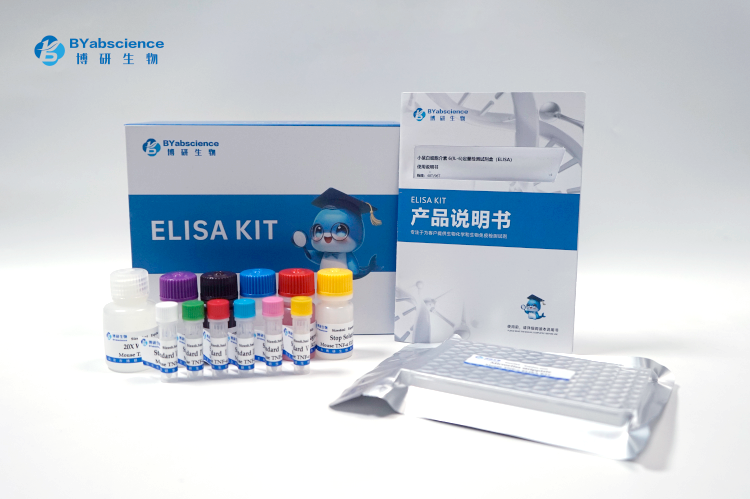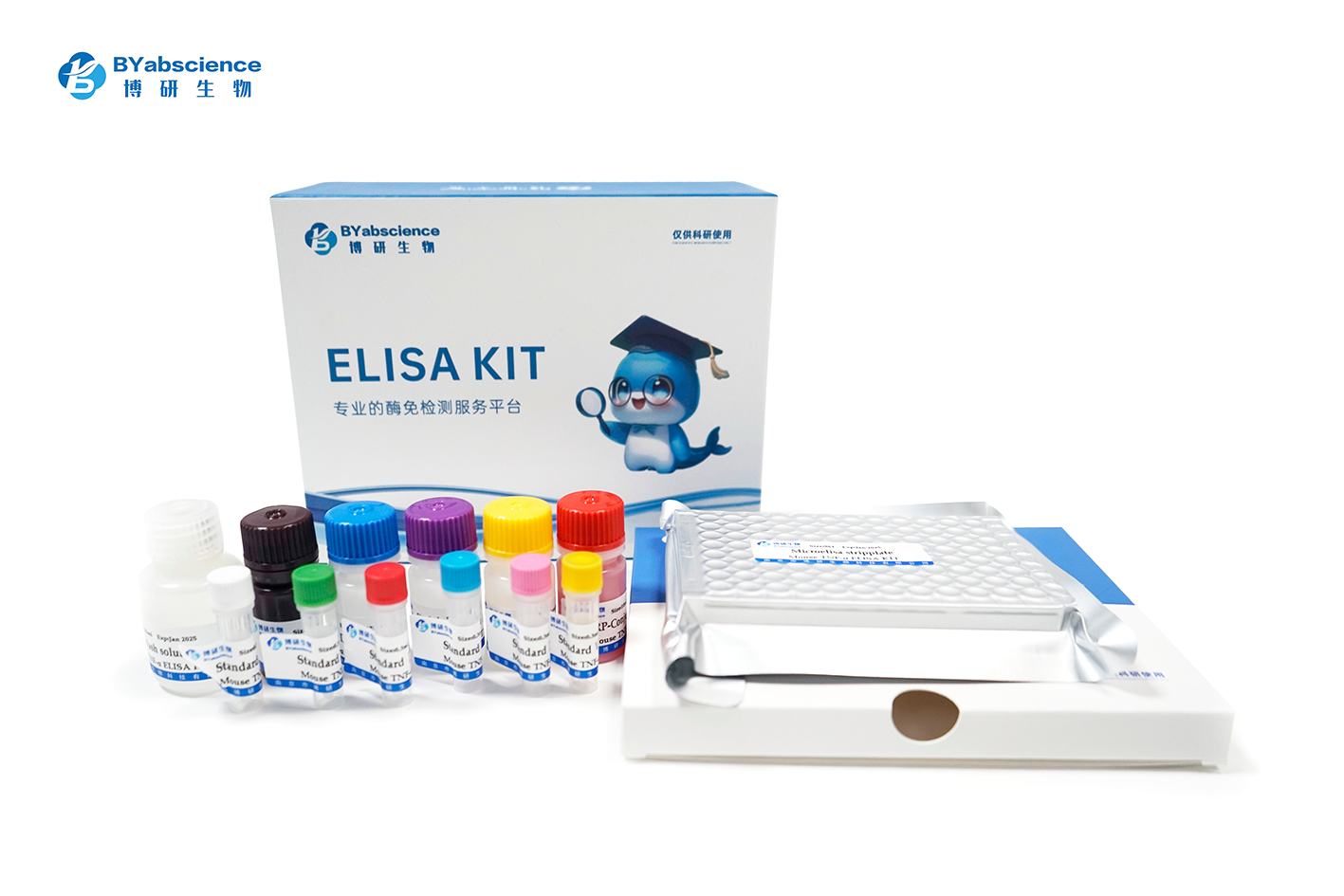Examination area
125pg/mL - 4000pg/mL
Use
It is used to detect the concentration of rat 17-hydroxyprogesterone (17-OHP) in samples such as serum, plasma, cell culture supernatant and tissue.
Test principle
The ELISA competitive method was used to detect the rat 17-OHP content in the sample. First, the microplate was coated with goat anti-rabbit to prepare a solid phase secondary antibody, and then the sample to be tested, horseradish peroxidase-labeled rat 17-OHP and anti-rat 17-OHP antibody were added to form a coated secondary antibody-anti-rat 17-OHP antibody-rat 17-OHP (HRP) complex. The binding amount of labeled rat 17-OHP is inversely proportional to the amount of [Chinese name] in the sample. After color development, the absorbance value (OD value) was measured on an enzyme marker, and the rat 17-OHP content in the serum to be tested was calculated by computer or plotting the concentration-absorbance curve.
Specificity
This kit recognizes natural rat 17-hydroxyprogesterone (17-OHP) with no cross-talk with structural analogs.
Typical data
See the instruction manual for details
Precision
The intra-batch coefficient of variation CV% was less than 10%; the inter-batch coefficient of variation CV% was less than 15%.
Recovery
The recovery rate is between 85%-115%.
Kit composition and preservation
Self-contained items needed for the experiment
1. ELISA reader capable of detecting absorbance at 450 nm 2. Pipette and tip, sample loading tank 3. 37°C thermostat or water bath 4. Test tubes, centrifuge tubes, measuring cylinders, etc. for preparing reagents 5. Distilled water or deionized water
Operating steps
All reagents and components should be restored to room temperature first. For standards, quality control products and samples, duplicate wells are recommended. 1. Prepare the working solutions of various components of the kit according to the method described in the previous instructions. 2. Take out the required strips from the aluminum foil bag, seal the remaining strips with a self-sealing bag and put them back in the refrigerator. 3. Before each experiment, according to the number of experimental tests, take antibodies at a volume of 1/10 of the enzyme-labeled antigen, mix them with the enzyme-labeled antigen, and make an enzyme-labeled antigen mixture. For example: take 3ml of enzyme-labeled antigen, add 0.3ml of antibody and mix to make a mixture. 4. Take the pre-coated plate out of the sealed bag, set up a blank control well, and do not add any liquid; set up two wells for each calibrator in turn, and add 50μl of the corresponding calibrator to each well; directly add 50μl of quality control products or serum to be tested to each of the remaining test wells. 5. Add 50μl of enzyme-labeled mixture to each well (except the blank control well), mix thoroughly, apply the sealing film, and incubate at 37℃ for 1 hour. 6. Manual plate washing: discard the liquid in the wells, fill each well with washing solution, let it stand for 10 seconds to spin dry, repeat 3 times and pat dry. Plate washing machine: select the washing 3 times program to wash the plate and pat dry. 7. Add 50μl of color developer A solution and 50μl of color developer B solution to each well, shake and mix, place at 37℃ away from light for 15 minutes, and add 50μl of stop solution to each well. 8. Read with an enzyme-labeled instrument. The 450nm single-wavelength enzyme-labeled instrument needs to first use the blank control well to adjust the zero point, and then measure the absorbance value of each well.








 Scan wechat
Scan wechat